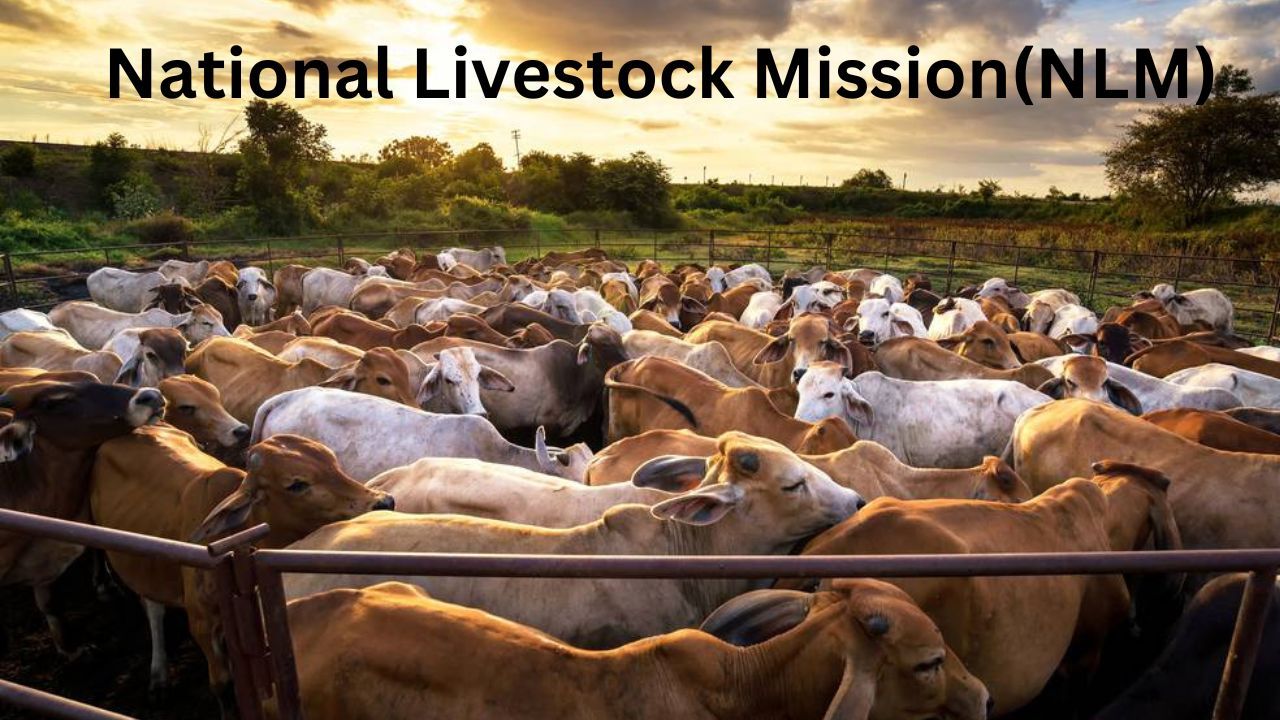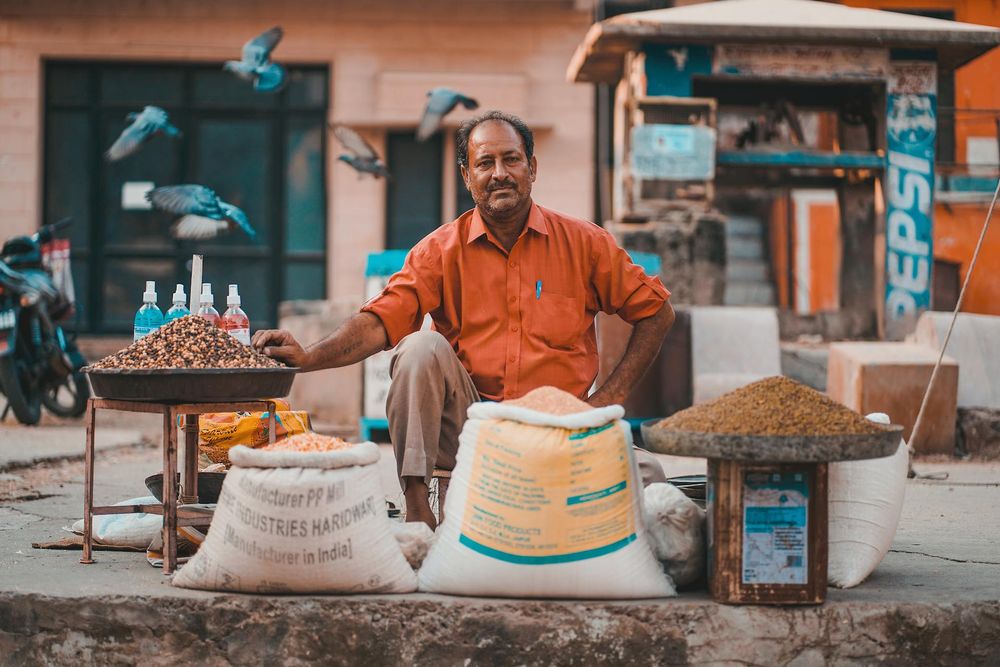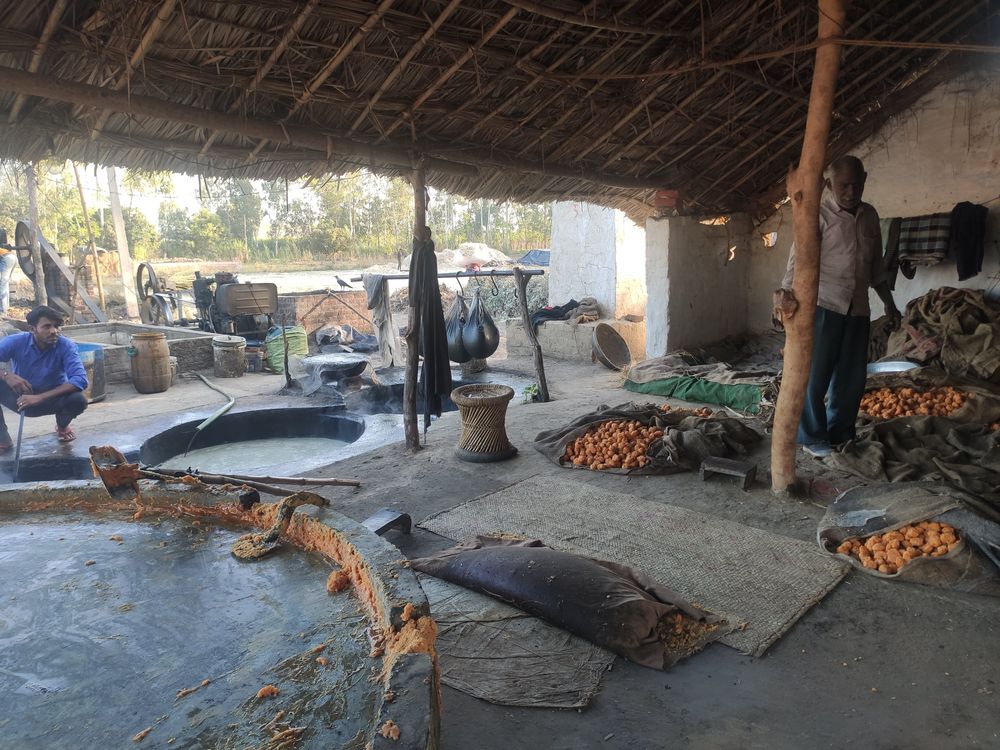Introduction:
- The livestock sector plays a pivotal role in India's economy, providing livelihoods to millions and contributing significantly to agricultural growth. Recognizing its importance, the Government of India launched the National Livestock Mission (NLM) to address various challenges and promote sustainable growth in this sector. This article delves into the scheme's details, application steps, and its impact on the overall development of the livestock industry.
Scheme Details:
- The National Livestock Mission, initiated in 2014, aims to ensure quantitative and qualitative improvement in livestock production and productivity. It focuses on increasing the availability of feed and fodder, enhancing breed improvement, strengthening infrastructure, and promoting skill development and capacity building among stakeholders. The mission operates through various components such as National Programme for Bovine Breeding and Dairy Development, National Programme for Livestock Health and Disease Control, National Programme for Fodder and Feed Development, and National Programme for Livestock Insurance.
- Under the scheme, financial assistance is provided to farmers, entrepreneurs, and organizations engaged in livestock-related activities. This assistance covers areas like breed improvement, breed conservation, disease control, infrastructure development, and capacity building. Additionally, the mission emphasizes the adoption of scientific practices and technologies to optimize livestock productivity while ensuring animal welfare and environmental sustainability.
Application Steps:
Online Application Form:
- Prospective beneficiaries can apply for assistance under the National Livestock Mission through an online application process. The application form is available on the official website of the implementing agency or designated portal. Applicants are required to provide essential details such as personal information, contact details, type of assistance required, project proposal, and budgetary estimates.
Screening Process:
- Once the applications are submitted, they undergo a screening process by the designated authorities. This involves assessing the eligibility criteria, feasibility of the proposed project, and alignment with the objectives of the National Livestock Mission. Applications that meet the necessary requirements proceed to the next stage of evaluation.
Evaluation and Approval:
- The evaluation of applications involves a detailed examination of the project proposal, including technical feasibility, financial viability, and potential impact on livestock development. Expert committees comprising veterinarians, agricultural scientists, and subject matter specialists review the applications and make recommendations for approval. Upon satisfactory evaluation, the competent authority grants approval for financial assistance under the scheme.
Disbursement of Funds:
- Once the projects are approved, the disbursement of funds is initiated as per the prescribed guidelines of the National Livestock Mission. The beneficiaries receive financial assistance in a phased manner, based on the progress of project implementation and submission of requisite documents. The funds are utilized for procuring inputs, infrastructure development, capacity building activities, and other approved expenditures related to livestock development.
Impact of the National Livestock Mission:
The National Livestock Mission has made significant strides in revitalizing the livestock sector and empowering stakeholders across the value chain. Some of the notable impacts of the scheme include:
Improved Livestock Productivity:
- Through interventions such as breed improvement, vaccination drives, and adoption of scientific practices, the mission has led to enhanced livestock productivity. Improved breeds and better management practices have resulted in higher milk yields, increased meat production, and better reproductive performance among animals.
Strengthened Infrastructure:
- The scheme has facilitated the development of essential infrastructure such as veterinary hospitals, diagnostic laboratories, fodder banks, and cold storage facilities. This has improved access to veterinary services, disease diagnosis, and storage facilities, thereby bolstering the overall livestock ecosystem.
Enhanced Livelihood Opportunities:
- By providing financial assistance and technical support to farmers, entrepreneurs, and self-help groups, the National Livestock Mission has generated employment opportunities and diversified income sources in rural areas. Livestock rearing has become a viable livelihood option, particularly for small and marginal farmers, empowering them economically.
Sustainable Livestock Development:
- The mission emphasizes sustainable practices that balance economic growth with environmental conservation and animal welfare. Initiatives promoting organic farming, conservation of indigenous breeds, and efficient resource utilization contribute to sustainable livestock development and resilience to climate change.
Conclusion:
- The National Livestock Mission stands as a beacon of progress in the livestock sector, catalyzing holistic development and fostering inclusive growth. Through its multifaceted interventions and support mechanisms, the scheme has propelled the livestock industry towards greater productivity, sustainability, and resilience. As India strives towards doubling farmers' income and achieving food security, initiatives like the National Livestock Mission play a crucial role in realizing these aspirations and transforming the rural landscape.
FAQs:
What is National livestock Mission?
- The National Livestock Mission, an initiative by the Department of Animal Husbandry & Dairying, aims to foster entrepreneurship and employment generation in the livestock sector. Through various interventions, it seeks to enhance the development and sustainability of livestock-related activities.
Who is eligible for NLM scheme?
- The NLM Entrepreneurship Scheme welcomes applications from a diverse range of entities including individuals, Farmers Producer Organizations (FPOs), Self Help Groups (SHGs), Farmer Cooperative Organizations (FCOs), Joint Liability Groups (JLGs), and Section 8 companies.
Who can apply in NLM Entrepreneurship Scheme?
- The NLM Entrepreneurship Scheme is open to various entities including individuals, Farmers Producer Organizations (FPOs), Self Help Groups (SHGs), Farmer Cooperative Organizations (FCOs), Joint Liability Groups (JLGs), and Section 8 companies.
When did NLM scheme start?
- The National Livestock Mission (NLM) scheme commenced in 2014 with the aim of enhancing livestock production and productivity in India.
Who launched National livestock Mission?
- The National Livestock Mission (NLM) was launched by the Government of India, specifically under the auspices of the Department of Animal Husbandry & Dairying, Ministry of Agriculture and Farmer's Welfare.
How to apply for NLM scheme?
- To apply for the NLM scheme, interested individuals or entities can fill out the online application form available on the official website of the implementing agency. The application undergoes screening, evaluation, and approval processes before funds are disbursed for approved projects.
We hope that you like this content and for more such content Please follow us on our social site and YouTube and subscribe to our website.
Manage your business cash flows and payable/receivables using our Bahi Khata App


